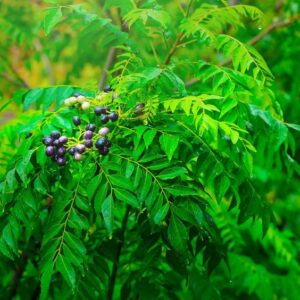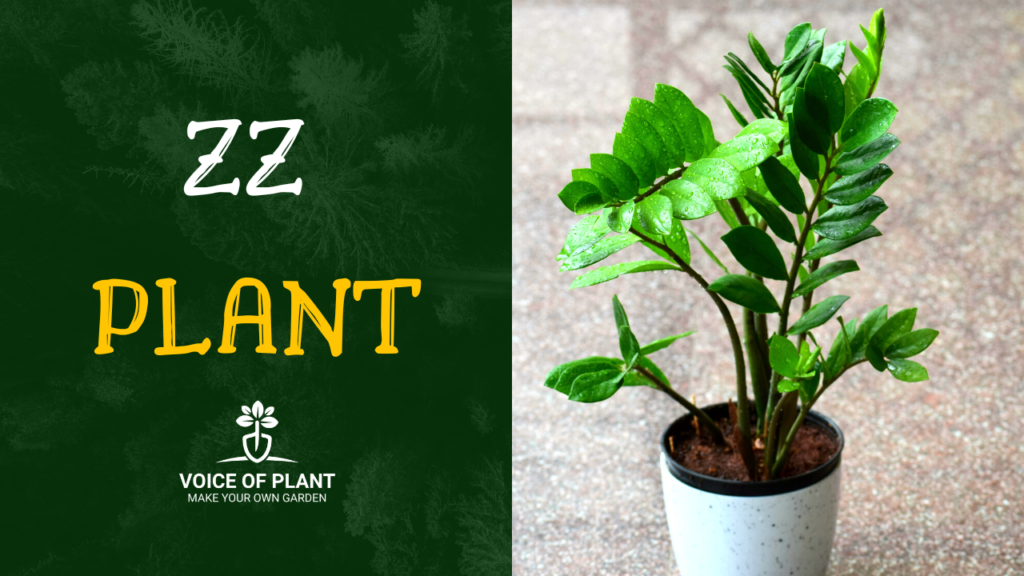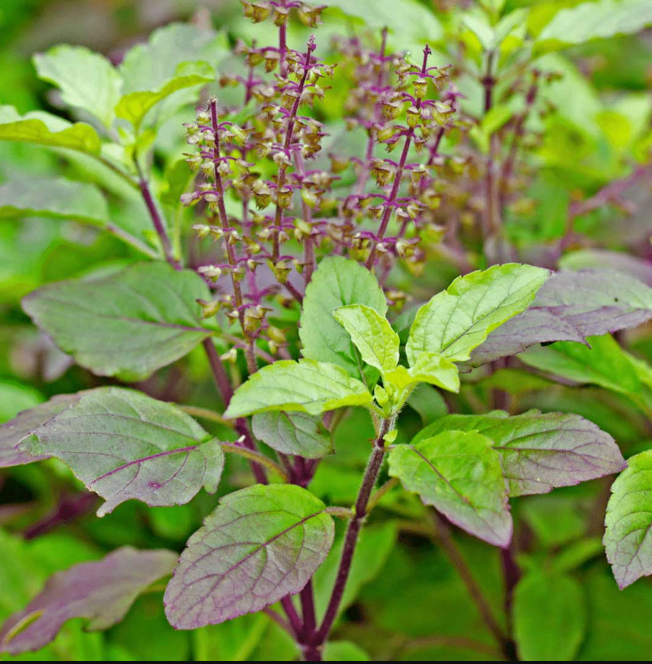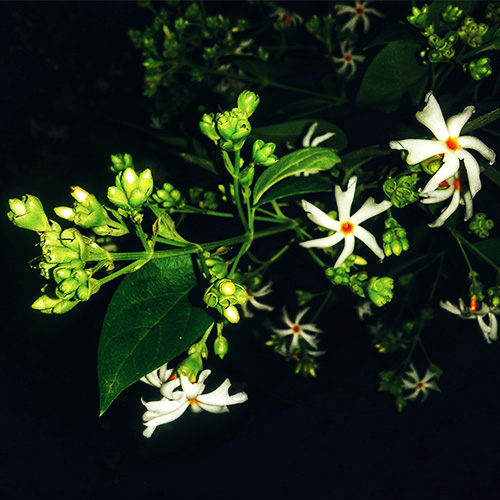Curry leaves or Curry Patta plant, cherished for their magical aroma, are an essential addition to any household. Though this outdoor plant is sensitive to grow, the results are remarkable when nurtured properly.
Let’s delve into its fundamental characteristics, needs, and how it responds to various conditions and environments. In this article, we will discuss important points on how we can grow Curry leaf plant at home.
1. Best season for Curry leaf plant
2. Ideal Temperature for Curry leaf plant
3. Sunlight Requirement for Curry leaf plant
4. Preferred Pot types for Curry leaf plant
5. Soil Mixture for Curry leaf plant
6. Watering tips for Curry leaf plant
7. Fertilizers for Curry leaf plant
8. Pesticides for Curry leaf plant
Curry Leaf Plant is a Perennial Plant
Curry leaves, being perennial plants, have the potential to thrive for many years if nurtured diligently and grown to their full potential.
How to Grow and Care Curry Leaf Plant in Pot

1. How to get Curry leaf plant?
- Purchase from nursery: Curry leaf plants can be bought from nurseries.
- Seeds: Alternatively, seeds can be used to grow this plant.
- Cuttings: It can also be propagated through cuttings.
- Self-Propagation: Sometimes new curry leaves start germinating on their own from the existing plant through its roots.
2. Best season for Curry leaf plant

The ideal time to purchase curry plants from a nursery is during the spring season, typically from February to March. As a summer plant, it flourishes well until October.
Dormancy Period: During the winter season, the curry leaf plant enters a period of dormancy, and the growth of the plant becomes slow. Leaves start turning yellow and wither.
2. Ideal Temperature for Curry leaf plant
The ideal temperature for curry leaf growth is 18-35 degrees Celsius. Beyond this range, the plant struggles to survive, with leaves turning black or brown and drying out.
- Providing shade during intense heat and covering the plant in winters when temperatures drop to 8-10 degrees Celsius helps protect it.
3. Sunlight Requirement for Curry leaf plant
When grown in pots, curry leaf plants require at least 4 to 5 hours of direct sunlight for robust growth.
Also read: How to Grow & Care Tulsi Plant |
4. Pot types for Curry leaf plant

Curry leaves can be grown in various containers such as fabric bags, plastic buckets, clay pots, ceramic pots, cement pots, plastic pots, or grow bags. For beginners, it’s recommended to start with a clay pot.
- Choosing a minimum 10-inch pot is advisable.
5. Soil Mixture for Curry leaf plant

A well-draining soil mix is best for curry leaf plants.
- This mix typically includes garden soil, compost (vermicompost or leaf compost or cow dung compost), sand for improved drainage, and optionally, cocopeat for moisture retention. Thoroughly blending these components creates an ideal growing medium for curry leaf plants.
6. Watering tips for Curry leaf plant

Water the curry leaf plant only when the soil is completely dry, as overwatering can lead to root rot.
- Ensure that water flows out from the bottom hole of the pot to prevent waterlogging. Adjust the watering schedule based on factors such as climate, humidity, and pot size to maintain optimal soil moisture levels.
7. Fertilizers for Curry leaf plant

Just like other leafy plants, curry leaf plants require essential nutrients to thrive, with a balanced supply of Nitrogen (N), Phosphorus (P), and Potassium (K).
- However, they particularly benefit from a higher proportion of nitrogen in their fertilizer mix. Nitrogen is crucial for promoting lush foliage growth, which is characteristic of healthy curry leaf plants.
8. Pesticides for Curry leaf plant
In conclusion, growing and caring for a curry leaf plant in a pot requires attention to detail and adherence to specific conditions. By following these guidelines, you can enjoy the delightful aroma and flavor of freshly picked curry leaves right from your own home garden.
Happy Gardening!
Make Your Own Garden!






